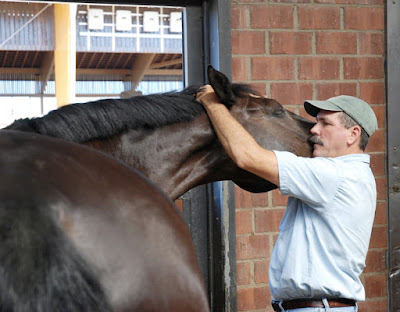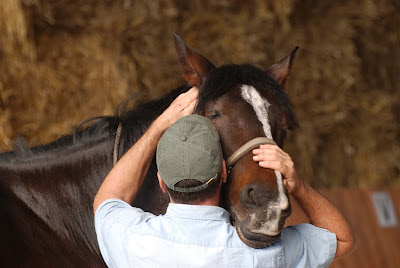|
Shan: Can you share some of the details of how you preserve the historic significance of this kind of dance?
Luo Yi: Guilin is in an area of China where many minority cultures live and have maintained their folk dances and costumes. Almost 97% of the Chinese are of the Han majority. I studied their traditional dances but mostly the local cultures of my own Yao ancestry and those of the Miao, the Zhuang, the Dong and Yi peoples. Then later studied the Uygur, Dai, Tibetan and Chinese Korean. I spent hours and hours designing and making costumes for myself and dance troupes that I have choreographed. The history of China was of special interest to me and I was especially influenced by ancient classical dances of the Han Dynasty [200 B.C.] and Tang Dynasties [663 A.D.]
|
Luo Yi is preparing a special program for Chinese New Year. Year of the Dragon begins January 23rd. It is believed to be one of the most auspicious years in the Chinese calendar.
|
Shan: What was your most memorable experience?
Luo Yi: My most memorable moment was in 2003, when I sent some pictures of myself in dance costumes to my new artist friend Thom in America. He then wanted to come to China to meet me and my family, see me dance, and observe me teaching my students. He came to China twice before my daughter and I came to visit him in America. We have now been married six years.
After only three days in America, I got a call to help choreograph dances for the local Chinese New Year and Spring Festival at the University of Oklahoma, where I make my home with my husband Thom Renbarger.
|
More about ancient Chinese costumes.
A
fascinating link to ancient Chinese Ethnic Groups with photos of people and
their costumes by Chen Haiwen in his "Family Portrait" series of the
minority peoples of China: http://www.chinatoday.com/people/china_ethnic_achang.htm
China’s 56
Minority Ethnic groups include the following.
Achang Family
Bai Family
Blang Family
Bonan Family
Bouyei Family
Dai Family
Daur Family
De'ang Family
Derung Family
Dong Family
Dongxiang Family
Ewenki Family
Gelao Family
Han Family
Hani Family
Hezhen Family
Hui Family
Jing Family
Jingpo Family
|
Jino Family
Kazak Family
Kirgiz Family
Korean Family
Lahu Family
Lhoba Family
Li Family
Lisu Family
Manchu Family
Maonan Family
Miao Family
Monba Family
Mongol Family
Mulam Family
Naxi Family
Nu Family
Oroqen Family
Ozbek Family
Pumi Family
|
Qiang Family
Russian Family
Salar Family
She Family
Sui Family
Taiwan Family
Tajik Family
Tatar Family
Tibetan Family
Tu Family
Tujia Family
Uygur Family
Va Family
Xibe Family
Yao Family
Yi Family
Yugur Family
Zhuang Family
|
Shän
Boggs is a writer and
editor living in California. Her interests include science, technology,
the
environment, health, education, multimedia, art, and gourmet cooking.
She is the author of a cookbook series for people with food sensitivities.
















